“Share the road” and variations of this saying appear in signage and campaigns around safe driving. I’ve always interpreted this saying as a request for me to occupy only what space I need for safe passage while driving in a way that helps others do the same. To be a “road hog” is to take up more space than one really needs.
In reality, a vehicle always occupies a certain amount of actual volume and this volume doesn’t change depending on how it is driven. What I mean by occupying a certain amount of space is the way others perceive my driving. If I am weaving and tailgating while driving erratically and aggressively I will force others to give me more space so as to not cause a collision. Such aggressive driving will make others uncomfortable.
Beyond making others uncomfortable, aggressive driving makes it seem as though the aggressive driver considers the road their own property. In reality, it isn’t; public roads are for anyone who is qualified to drive and willing to follow whatever rules of the road apply. However, an aggressive driver might understand this yet still, in the moment of driving, consider their own needs to be greater than anyone else’s and drive in a way that puts their own needs first.
Aggressive drivers may also be sensation-seeking, a personality trait that, according to driver human factors expert Dr. Ron Knipling, causes people to “seek excitement, take risks, and get bored easily” [1]. Such a personality trait is not aligned with a philosophy of road sharing.
It’s extremely easy to forget other people around us have needs. For me, my default mode seems to be a strong focus on my own needs and those of my immediate family; it takes conscious effort to remind myself throughout the day that other people likely feel the same way. We all have an agenda.
So how can we share the road when each driver is only out there for their own needs? I think one way to answer this question is to consider “collaborative driving”, a term from the tech world describing the ability of individual vehicles to communicate with each other for the purpose of coordinating their driving to help each vehicle navigate through traffic [2].
As vehicles appear with connected and semi-autonomous features, they will be able to communicate with each other for the common good of all the vehicles on the road. Road hazards, traffic jams, and anything else communicable between vehicles will be shared so as to optimise traffic flow. From a traffic planning perspective, such technology will reduce average trip times and collisions.
What is important to recognise is collaborative driving focuses on the collective, not on the individual; such a focus will cause roadways to become safer and more efficient for everyone. We don’t need to wait for this technology to appear to benefit from the idea of collaborative driving, though; we just need to drive with consideration for needs beyond our own.
Humans have a built-in mechanism to enhance their collaborative driving: empathy. Being empathetic means to understand the emotions of another person. It is something we do naturally, and it is something we can improve through practice.
I don’t need to have the same life experience as another person to empathise with them. If someone is impatient and speeding, I can recall a time from my life when I was in a hurry and, by remembering my emotions at that time, understand some of what the other person is experiencing. Doing so helps me see them as another struggling human in need of patience and understanding as opposed to a dehumanised threat to my safety. Of course, their speeding may make them a threat to my safety, but I will be better able to protect myself through calm, compassionate, defensive driving instead of getting angry and possibly reacting to their aggression with aggression of my own.
All drivers, professional and amateur, need to realise everyone else on the road with them has their own reason to be there. If we see others as fellow travellers doing their best to go about their day just as we are, we can drive with the goal of helping everyone arrive safely and efficiently instead of driving only for our own purposes.
This isn’t easy to do, and collaborative and autonomous vehicle technology will help us move in this direction. But regardless of what technology is ahead, driving collaboratively and empathetically will only improve our experience on – and ability to share – the road.
References
1 – Knipling, R.R. 2021. What’s your safety personality? Safety for the Long Haul. Accessed December 11th, 2021, https://safetyforthelonghaul.com/2021/04/19/whats-your-safety-personality/
2 – Hallé, S. and Chaib-draa, B. 2006. “Collaborative Driving System Using Teamwork for Platoon Formations.” In Applications of Agent Technology in Traffic and Transportation (pp.133-151). DOI:10.1007/3-7643-7363-6_9. Accessed December 11th, 2021, https://www.researchgate.net/publication/226721892_Collaborative_Driving_System_Using_Teamwork_for_Platoon_Formations



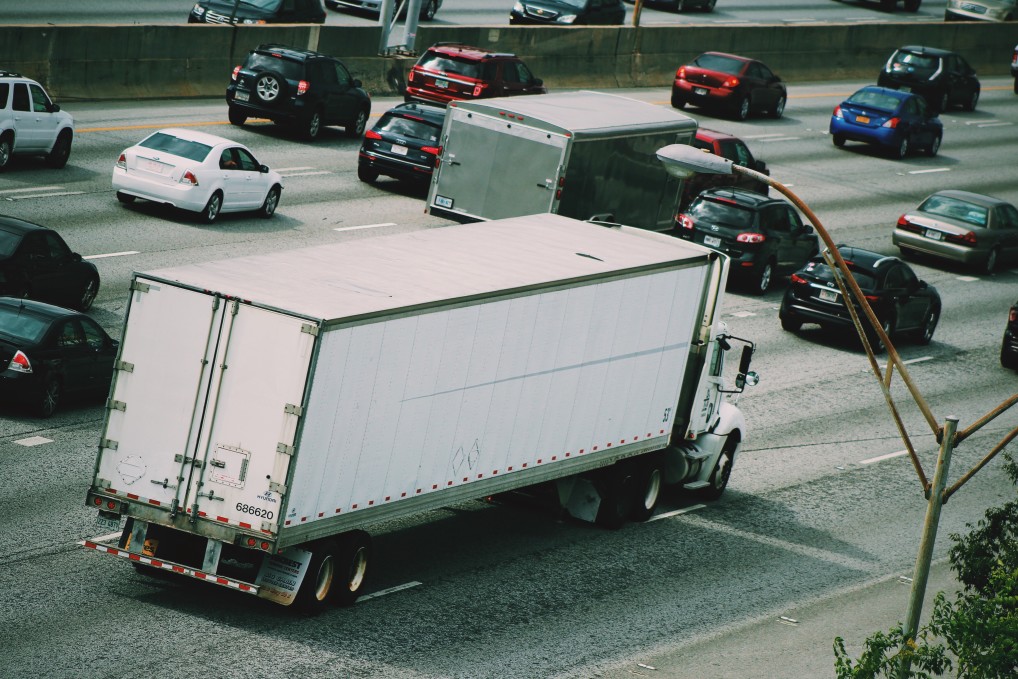


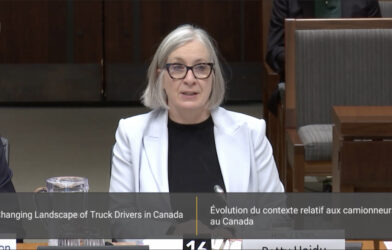
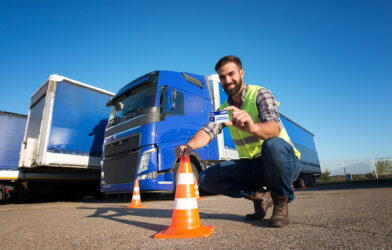
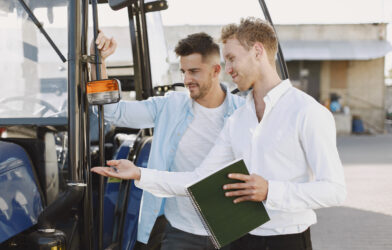
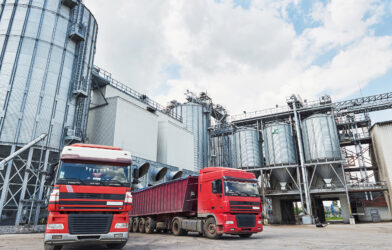
Comments are closed